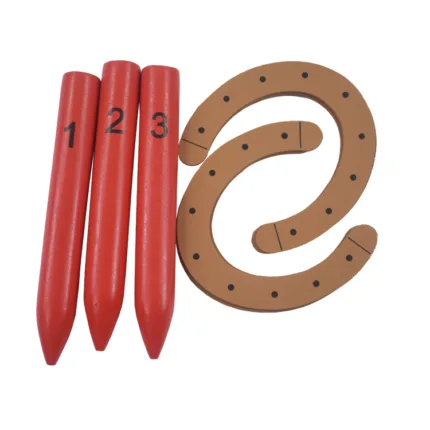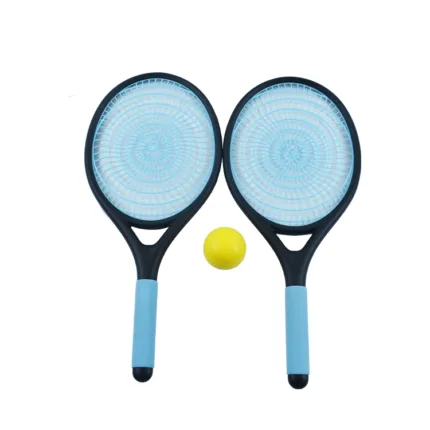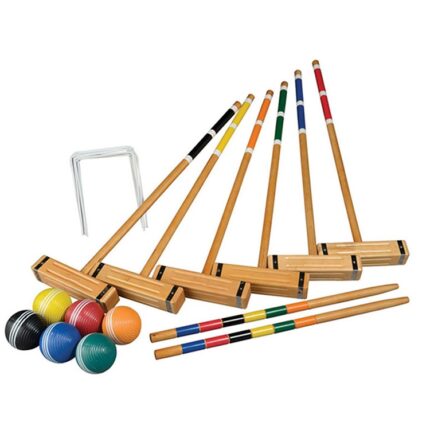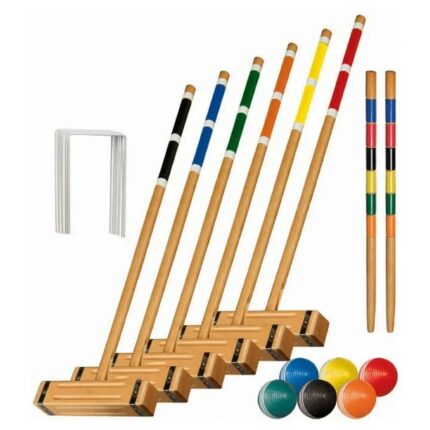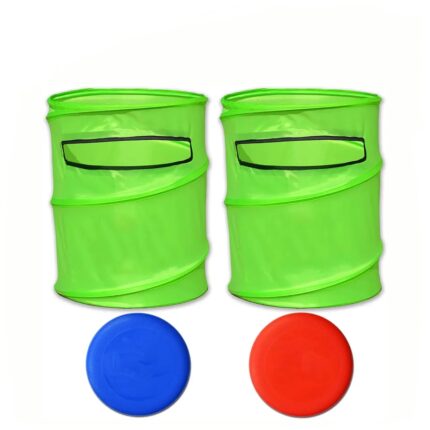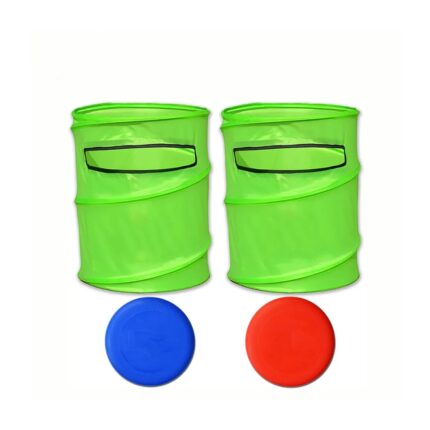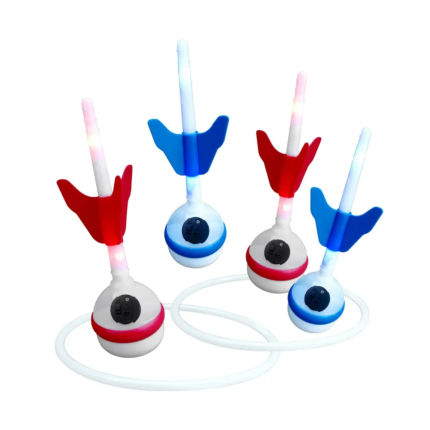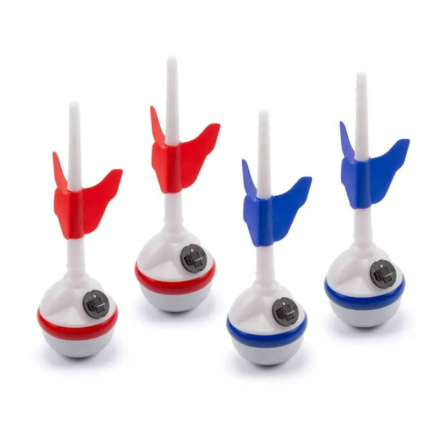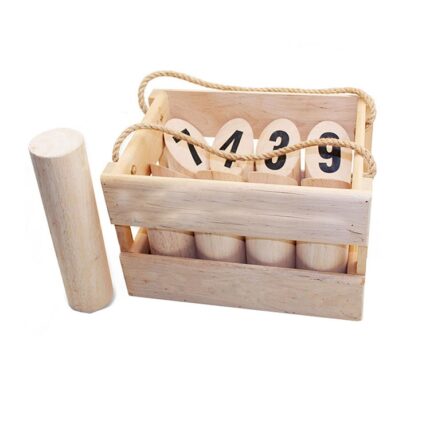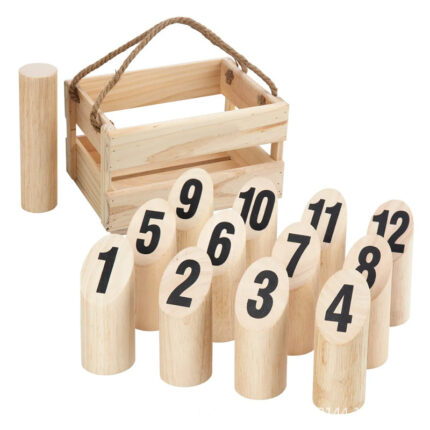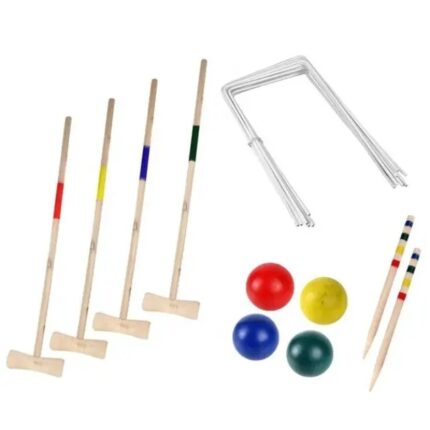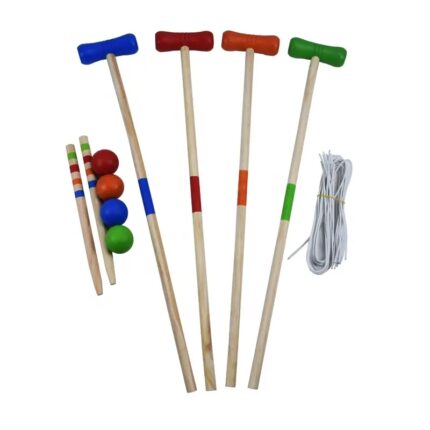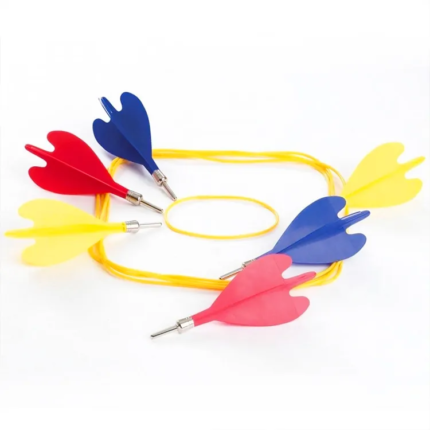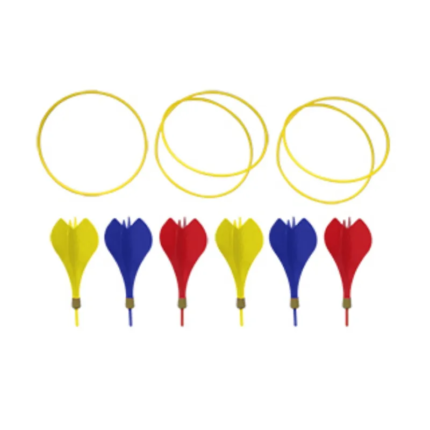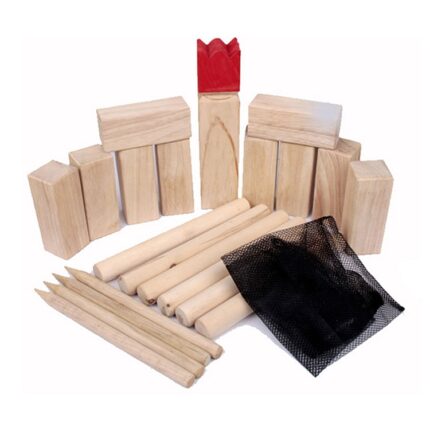Product details
| Product name | wooden cornhole bean bag toss game set |
| Description | outdoor sports |
| Product size | 50x3x13cm |
| Color | multi color |
| Material | wood |
| Package | accept customization |
| Logo | support to follow client’s brand |
| Deliver time | depend on order quantiy |
| Sample time | 5-7 working days if custom as client’s brand |
| Payment terms | 30% deposit with balance against BL copy (when order above usd5000) |
Detailed Images
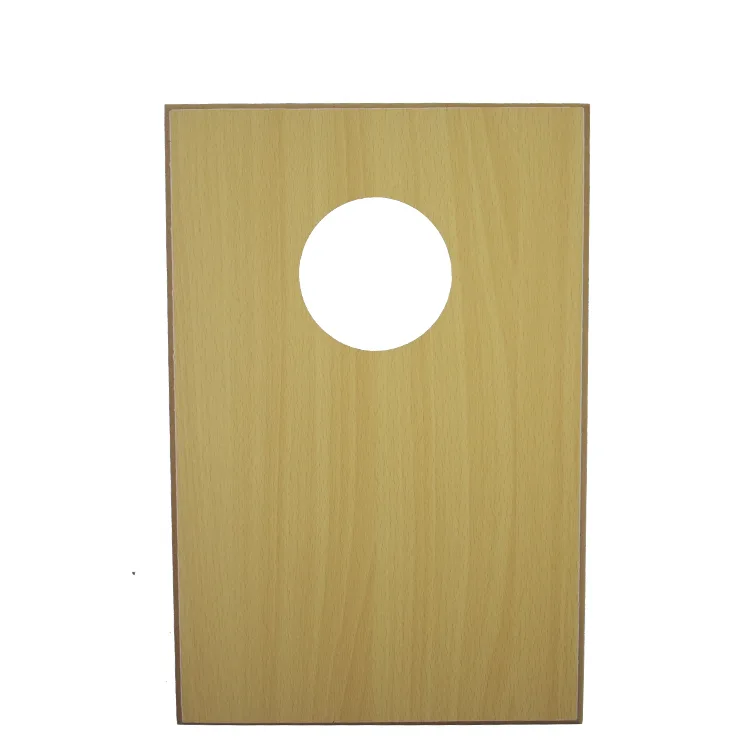
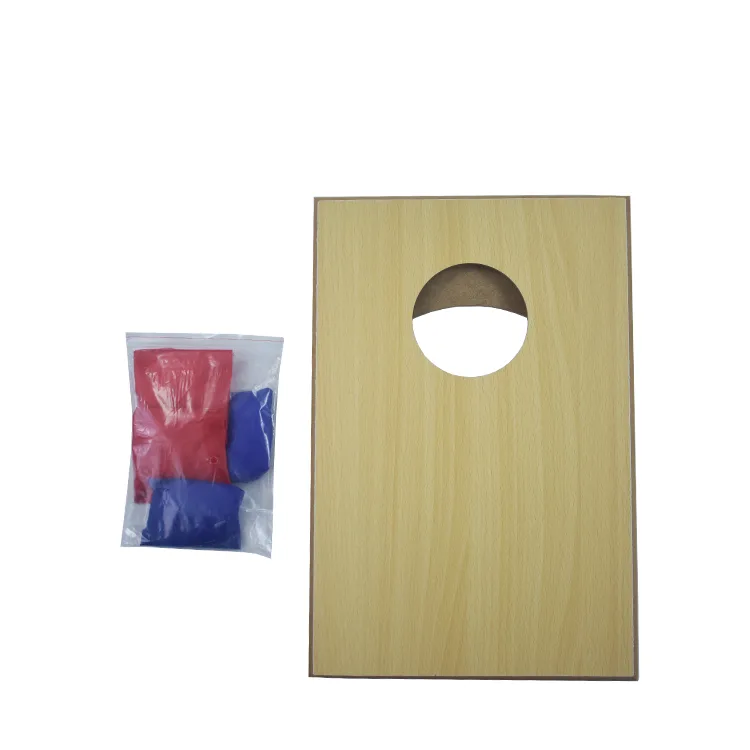
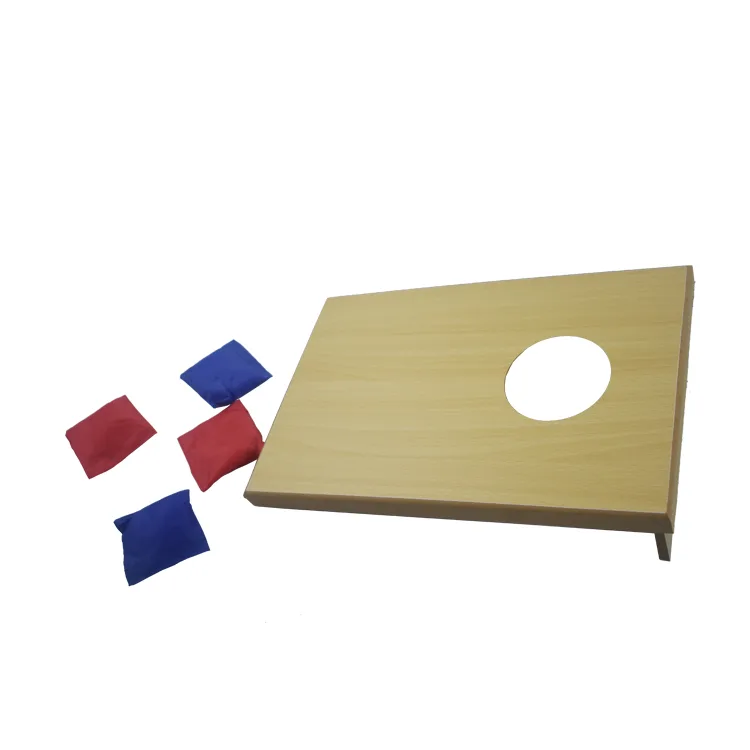
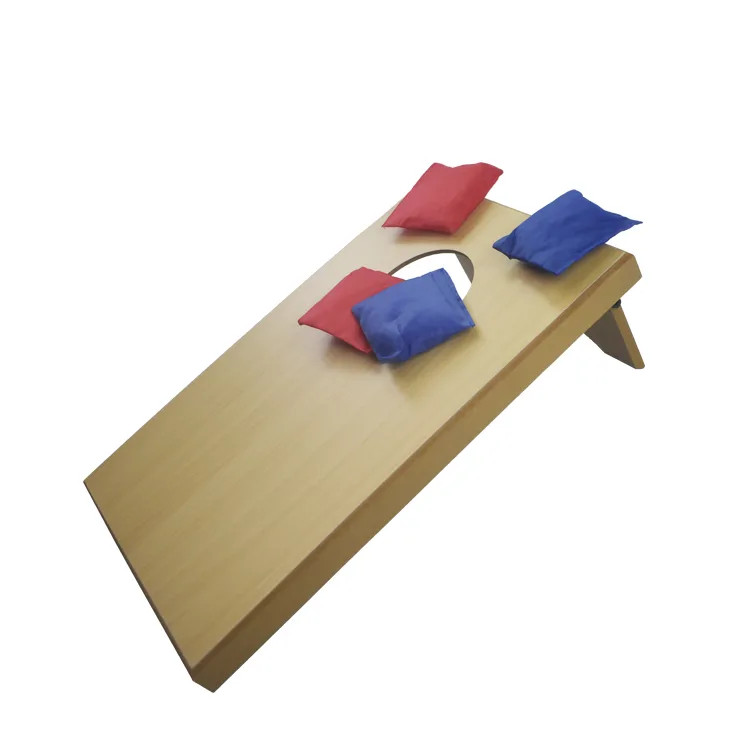
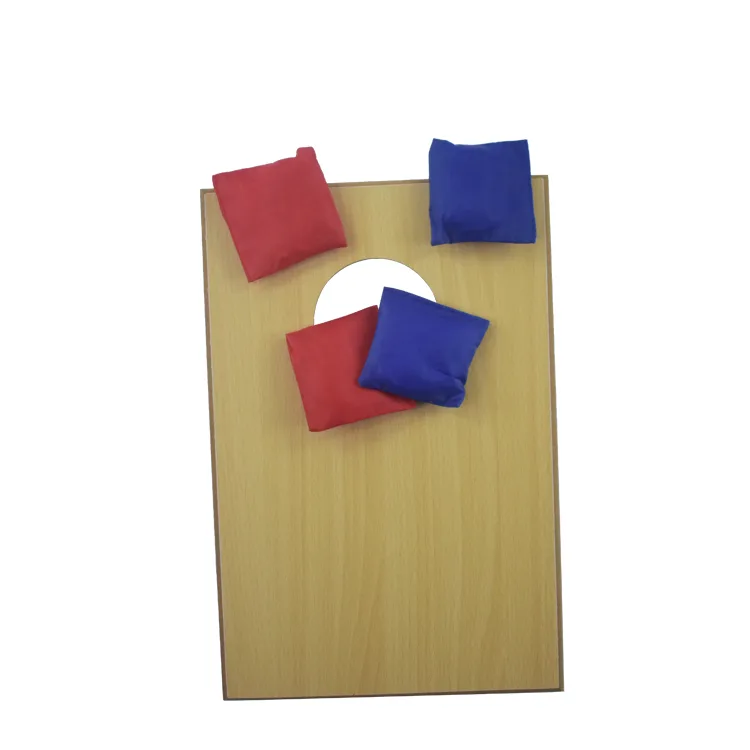
Cornhole (also known regionally as sack toss, or bags) is a lawn game popular in North America in which players or teams take turns throwing fabric bean bags at a raised, angled board with a hole in its far end. The goal of the game is to score points by either landing a bag on the board (one point) or putting a bag through the hole (three points).
The game was first described in Heyliger de Windt’s 1883 patent for “Parlor Quoits”, which displays most of the features of modern cornhole, but uses a square hole.Quoits is a game similar to horseshoes, played by throwing steel rings at a metal spike. Several earlier “parlor quoits” patents had sought to recreate quoit gameplay in an indoor environment,but De Windt’s was the first to use bean bags and a slanted board with a hole as the target.
He sold the rights to the game to a Massachusetts toy manufacturer which marketed a version of it under the name “Faba Baga”.Unlike modern cornhole, which has one hole and one size of bags, a Faba Baga board had two different-sized holes, worth different point values, and provided each player with one extra-large bag per round, which could score double points.
In September 1974, Popular Mechanics magazine published an article written by Carolyn Farrell about a similar game called “bean-bag bull’s-eye.”Bean-bag bull’s-eye was played on a board the same width of modern cornhole boards (24″), but only 36″ long as opposed to the 48″ length used in cornhole. The hole was the same diameter (6″) but was centered 8″ (rather than 9”) from the back of the board. Each player threw two bags, weighing eight ounces each, “in succession”. The boards in bean-bag bull’s-eye were placed “about 30 ft. apart for adults, 10 ft. for kids.” Scoring was essentially the same as that used in cornhole (three points for a bag in the hole, one point for a bag remaining on the board) and also used cancellation scoring.
In the Chicago area, a similar game is referred to as “bags”, but uses rectangular bags. The game spread in Chicago, Illinois, and the Northwest region of Indiana in the late 1970s and early 1980s, perhaps due to the Popular Mechanics article mentioned above. Cornhole as it is now known originated and gained popularity on Cincinnati’s west side (near Ferguson Avenue) in the 1980s and spread to surrounding areas in Kentucky and Southeast Indiana.

